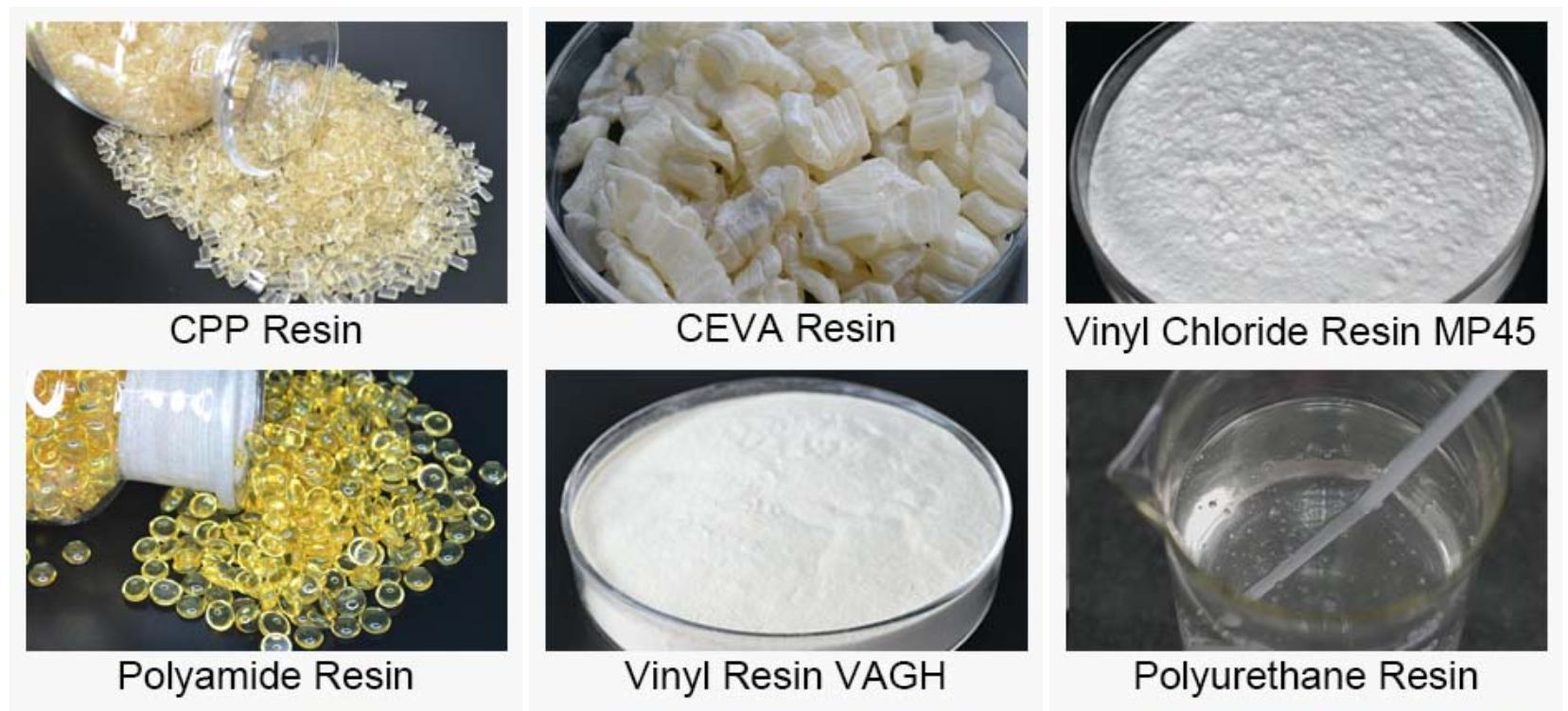Most of Inks are composed of 20% to 40% of binders, 5% to 15% of
pigments, 40% to 60% of organic solvents and 0% to 5% of additives. The binder is a binder resin, which is a component of the chain of the ink, which bonds the pigment to the material to be printed, acts as an adhesion, and makes the ink glossy.
The pigment determines the type of color. The solvent dissolves the resin, adjusts the viscosity, adjusts the drying speed, and improves the wetting action on the printing material. The additive acts to improve viscosity, weather resistance, ageing resistance, and gloss. The following is a brief analysis of the difference between Surface printing ink and Reverse printing ink:
Differences in printing processes
The internal printing plate making process is identical to the general plate making process, but the image on the plate during surface printing plate making is a reverse image, which is a positive image after printing, while the image and text on the internal printing plate are a positive image, which is a reverse image after printing. The printing speed of surface printing ink is slow, while the printing speed of inner printing ink is faster than that of surface printing. The printing color sequence is also different.
Differences in solvents
The main solvents used in surface printing inks are xylene and isopropanol. Normally, toluene and ethyl acetate are the main solvents for ink printing. High temperature resistant cooking ink is mainly composed of ethyl ketone and ethyl acetate. The inner printing ink solvent is suitable for high-speed printing, and the volatility of the solvent is relatively fast, with a particularly small residual amount of solvent. Currently, environmentally friendly inks use esters and alcohol solvents to dilute the ink.
Difference in binders
The binder for surface printing inks is mainly
polyamide resin, which has good adhesion and gloss, but is not suitable for high temperature conditions, and has poor fastness when compounded (but currently we also can achieve high temperature resistance). The binder for interior printing inks is mainly chlorinated polypropylene and use NC and vinyl chloride vinyl acetate copolymer resins(VAGH resin).
Differences in additives
The dehydrated apples and kiwi fruit esters are often added to surface printing inks to improve adhesion, gloss, and viscosity. Various additives such as pigment dispersants, reinforcing agents, defoamers, etc. are also added to the interior printing ink.
Difference in wear resistance
Due to the good softness and elasticity of polyamide resin, the addition of additives improves its wear resistance and makes it more firm against external objects. The chlorinated polypropylene resin is particularly rigid and has poor wear resistance. Due to the internal printing, the requirements for wear resistance are correspondingly lower.

